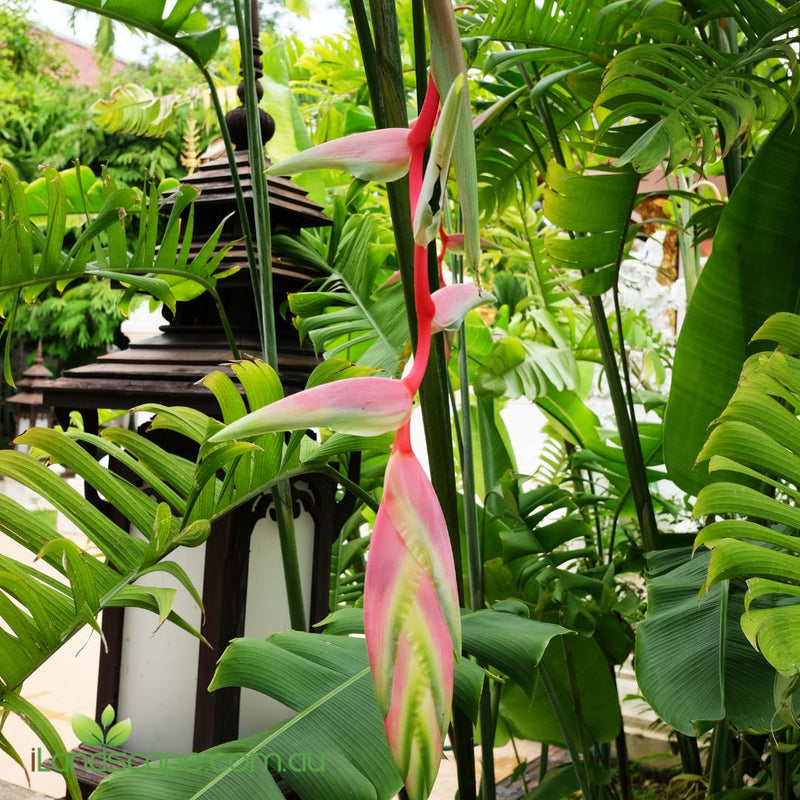
Top 10 Must-Have Tropical Plants for Queensland Gardens
Filters
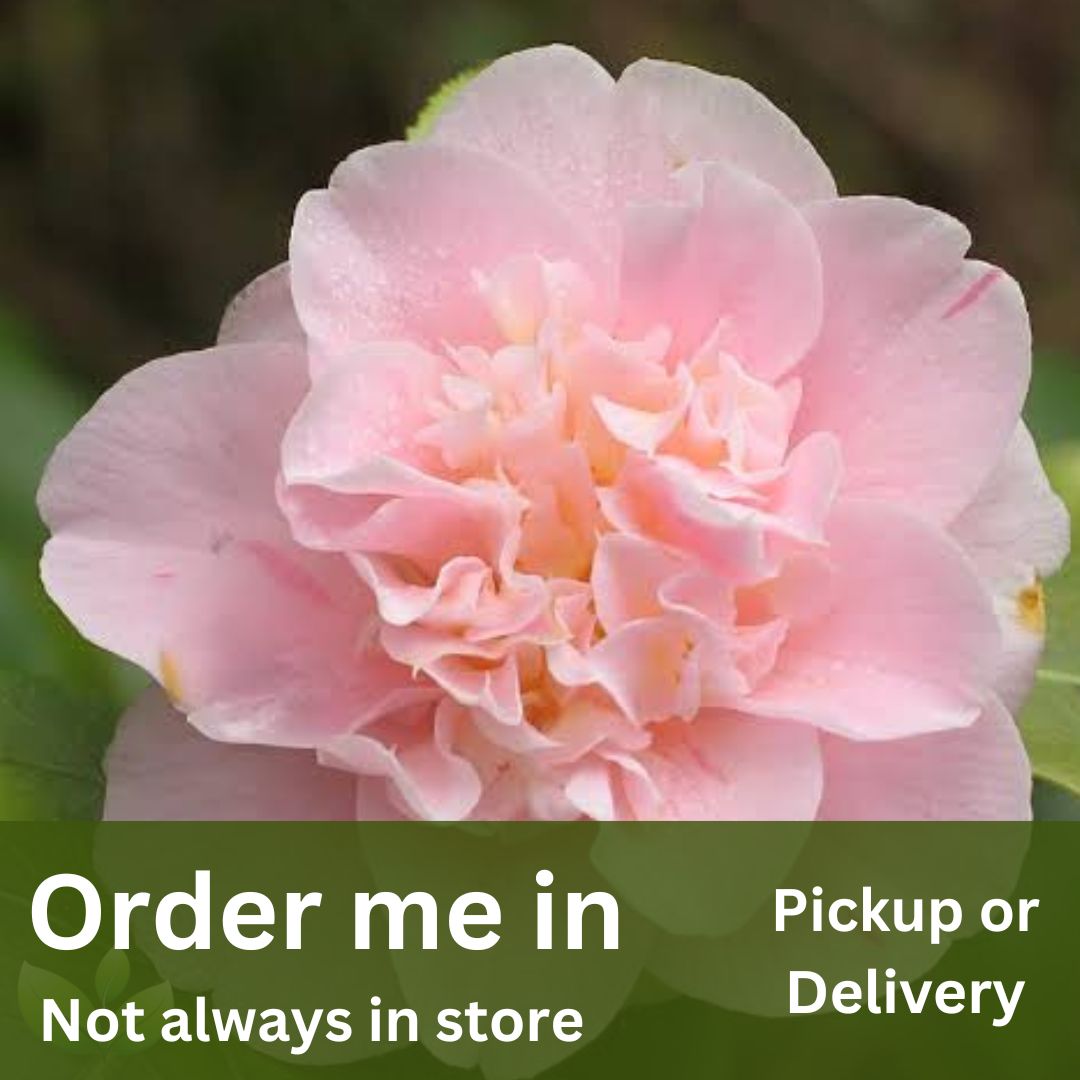
Camellia Japonica Ardoch
Camellia Japonica Ardoch is a medium sized Camellia with beautiful glossy green leaves. Flowers are semi to double pale pink Feed regularly using camellia food and prune to desired shape and size. I personally prune my Camellias regularly to maintain good foliage growth however I stop once they come into bud and enjoy the beautiful flowers they show off with. if you ever need advice on Camellias please call into store and i would more than happy to assist with anything Camellias

Camellia japonica Black Tie
Camellia japonica 'Black Tie', deep, dark red blooms against glossy foliage, Growing to heights of 1.8 to 3 meters, 'Black Tie' will grow well on the Sunshine Coast
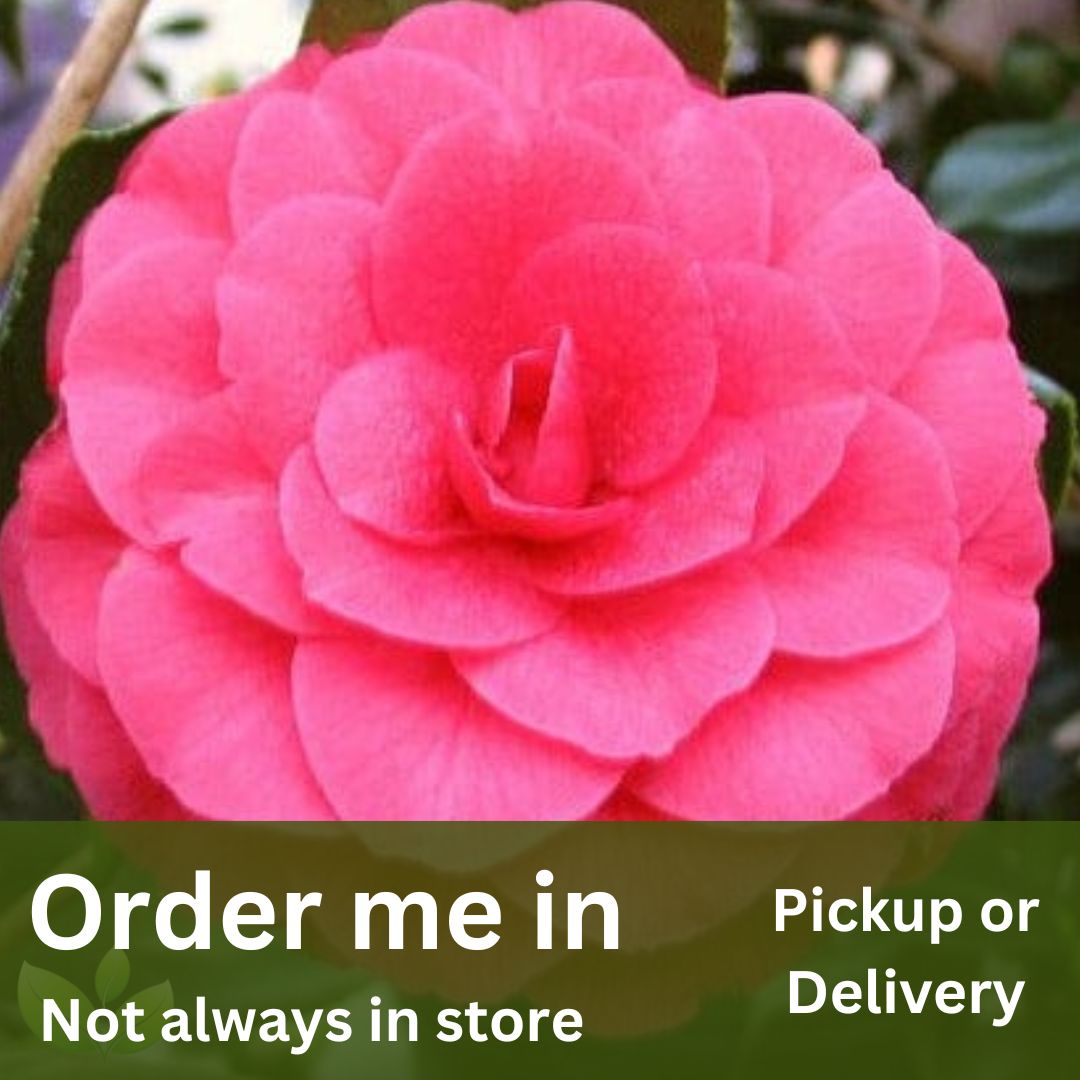
Camellia japonica CM Hovey
Camellia japonica 'CM Hovey', has exquisite pink blooms against lush green foliage, Grows around 2 meters
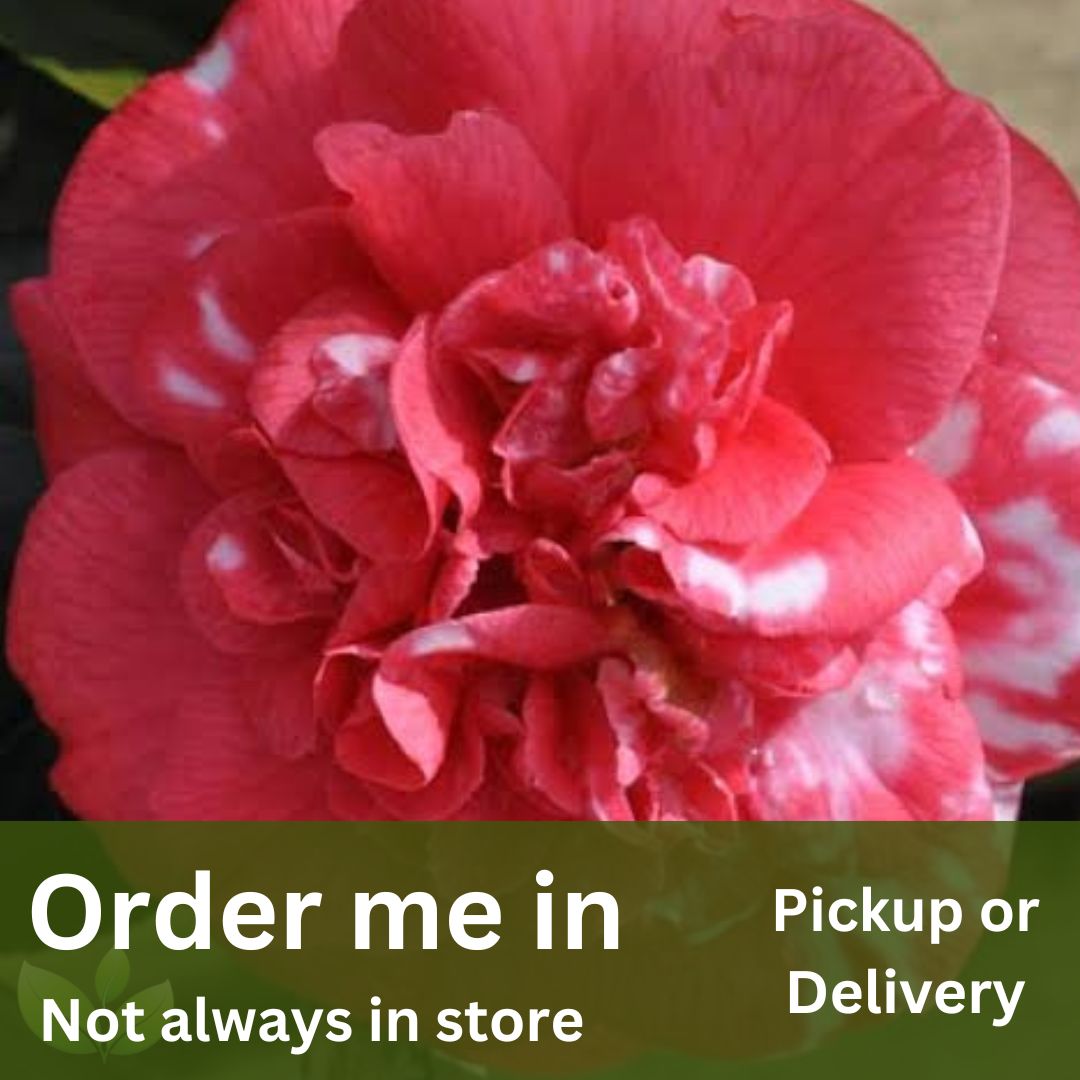
Camellia Japonica Emperor of Russia Variegated
Camellia japonica 'Emperor of Russia Variegated', a stunning choice for Sunshine Coast gardens. Striking variegated foliage and vibrant pink blooms, growing to heights of 1.5 to 2 meters
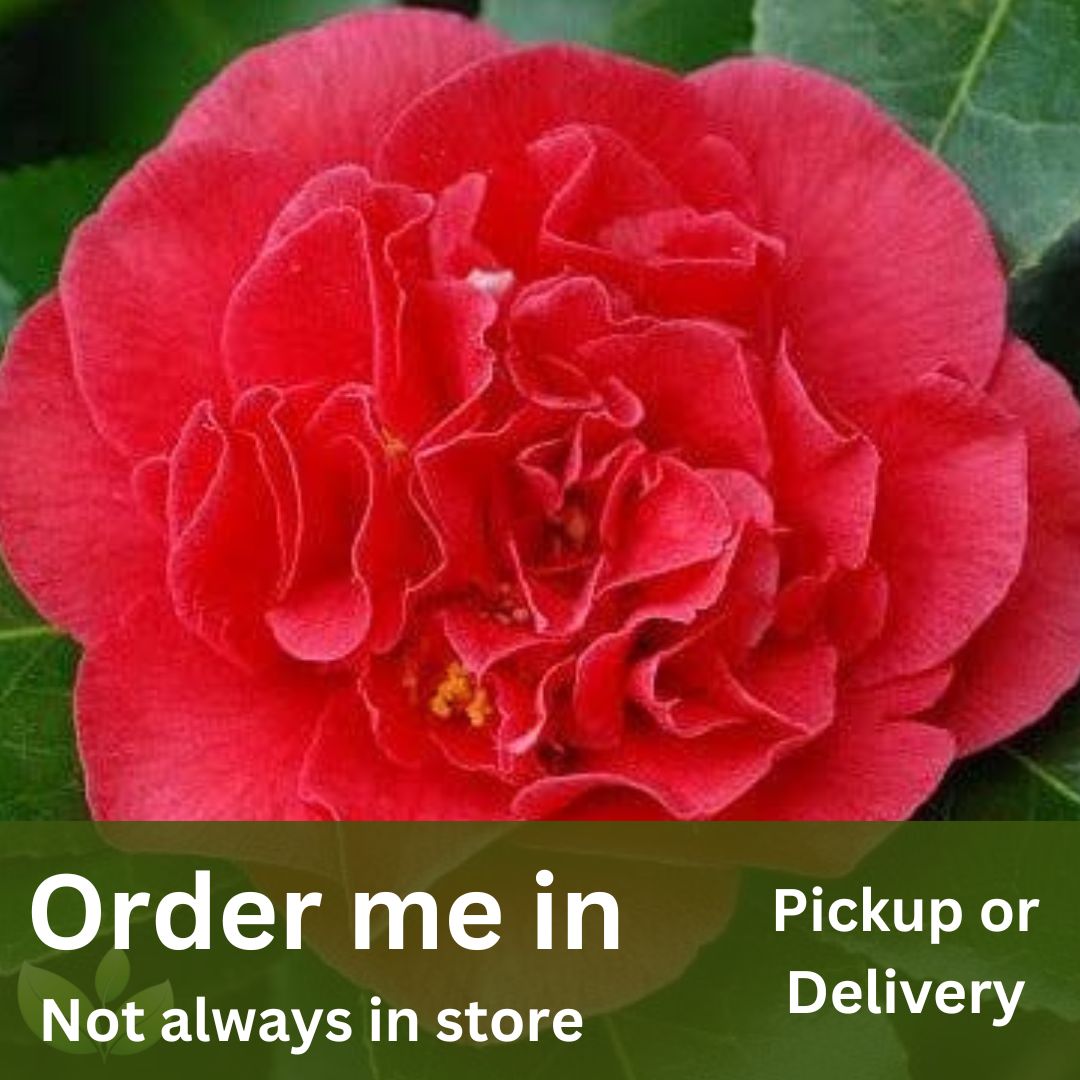
Camellia japonica Kramers Supreme
Camellia japonica 'Kramer's Supreme', exquisite pink blooms against glossy green foliage. Growing to heights of 1.5 to 2 meters
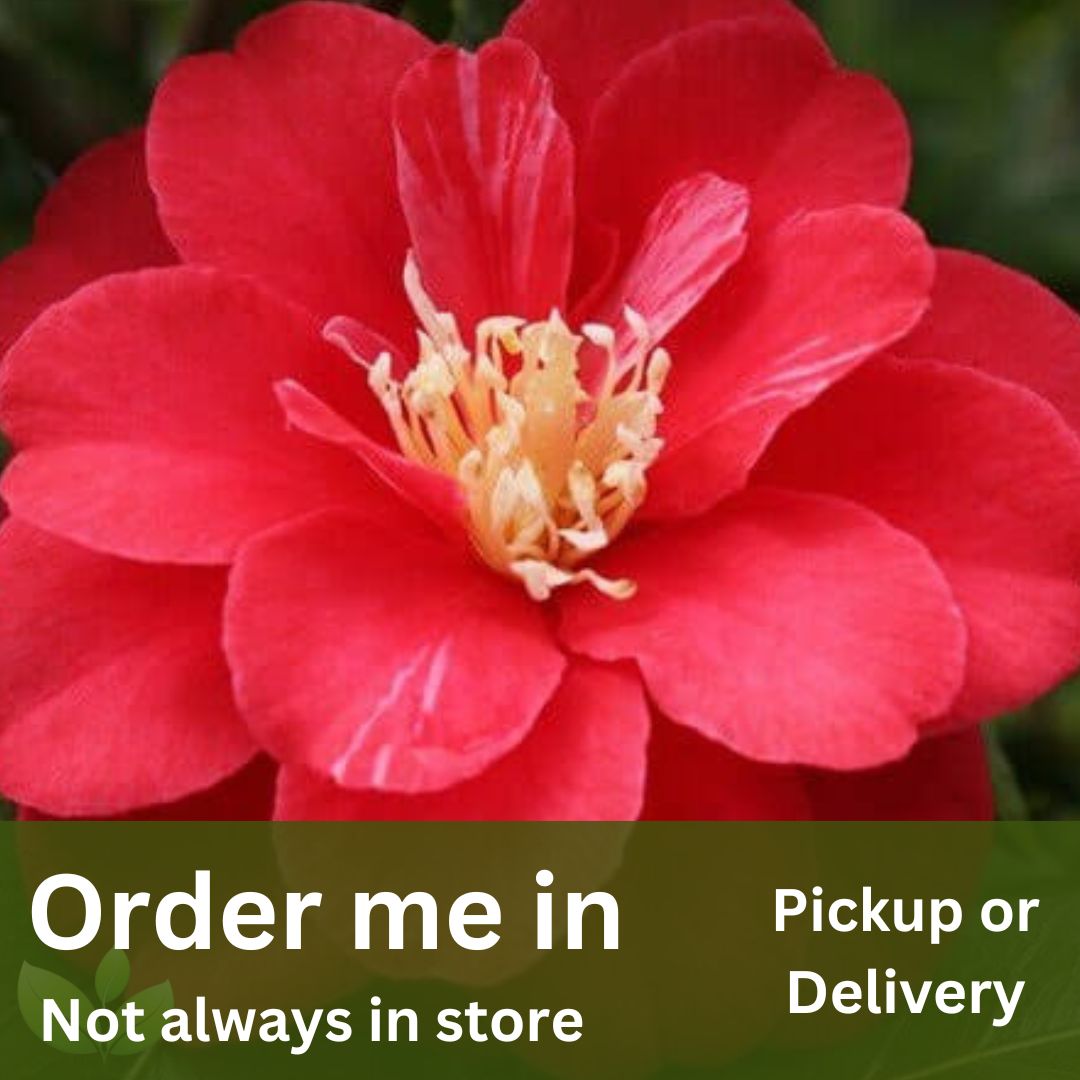
Camellia japonica Little Red Riding Hood
Camellia japonica 'Little Red Riding Hood', vibrant red blooms nestled among glossy green foliage. Growing to heights of 1.5 to 2.0 meters
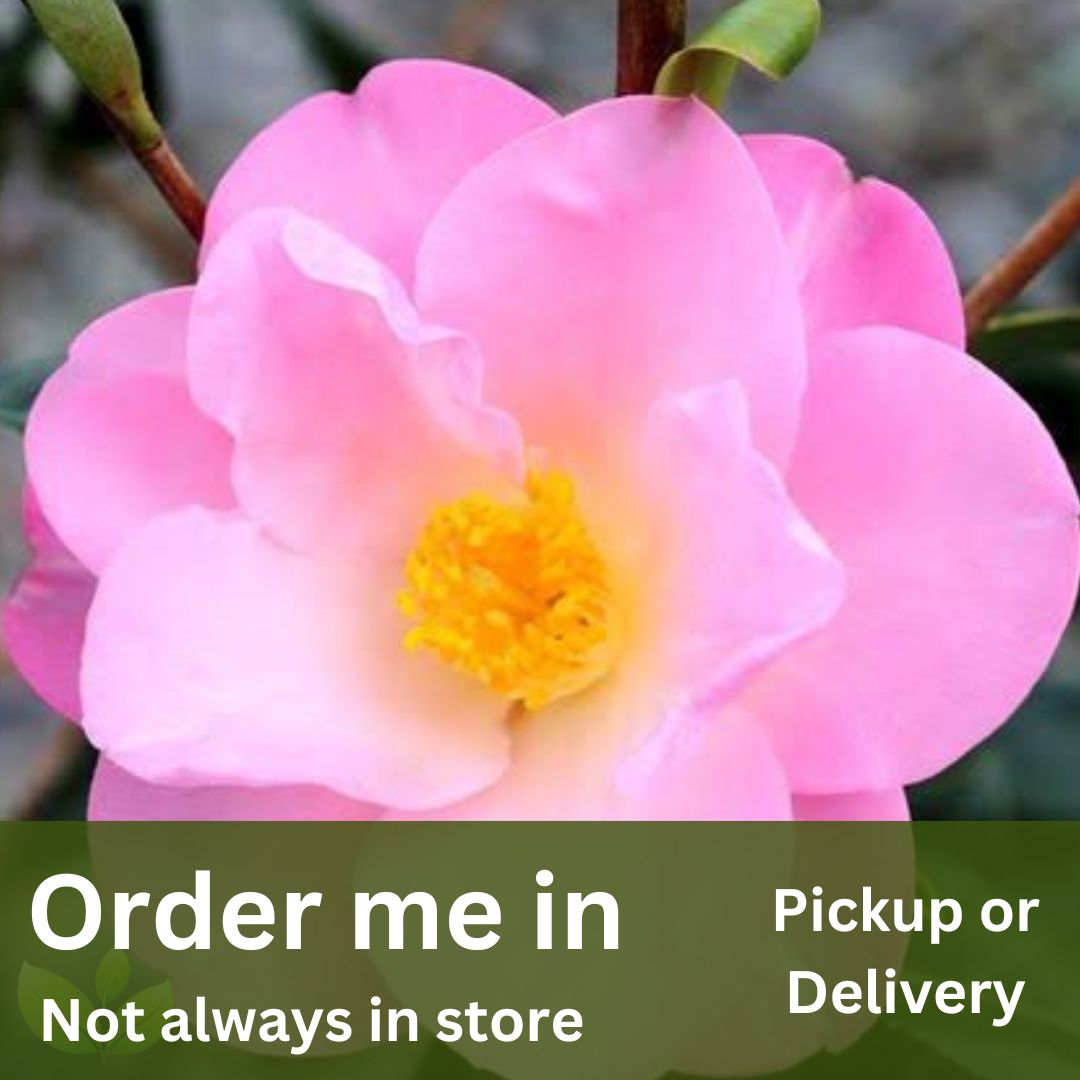
Camellia japonica Nicky Crisp
Camellia japonica 'Nicky Crisp', white blooms tinged with pink, set against glossy green foliage, growing to heights of 1.5 to 2 meters

Camellia japonica Red Red Rose
Camellia japonica 'Red Red Rose', deep red blooms reminiscent of a classic rose, contrasted beautifully against glossy green foliage, growing to heights of 1.5 to 2 meters
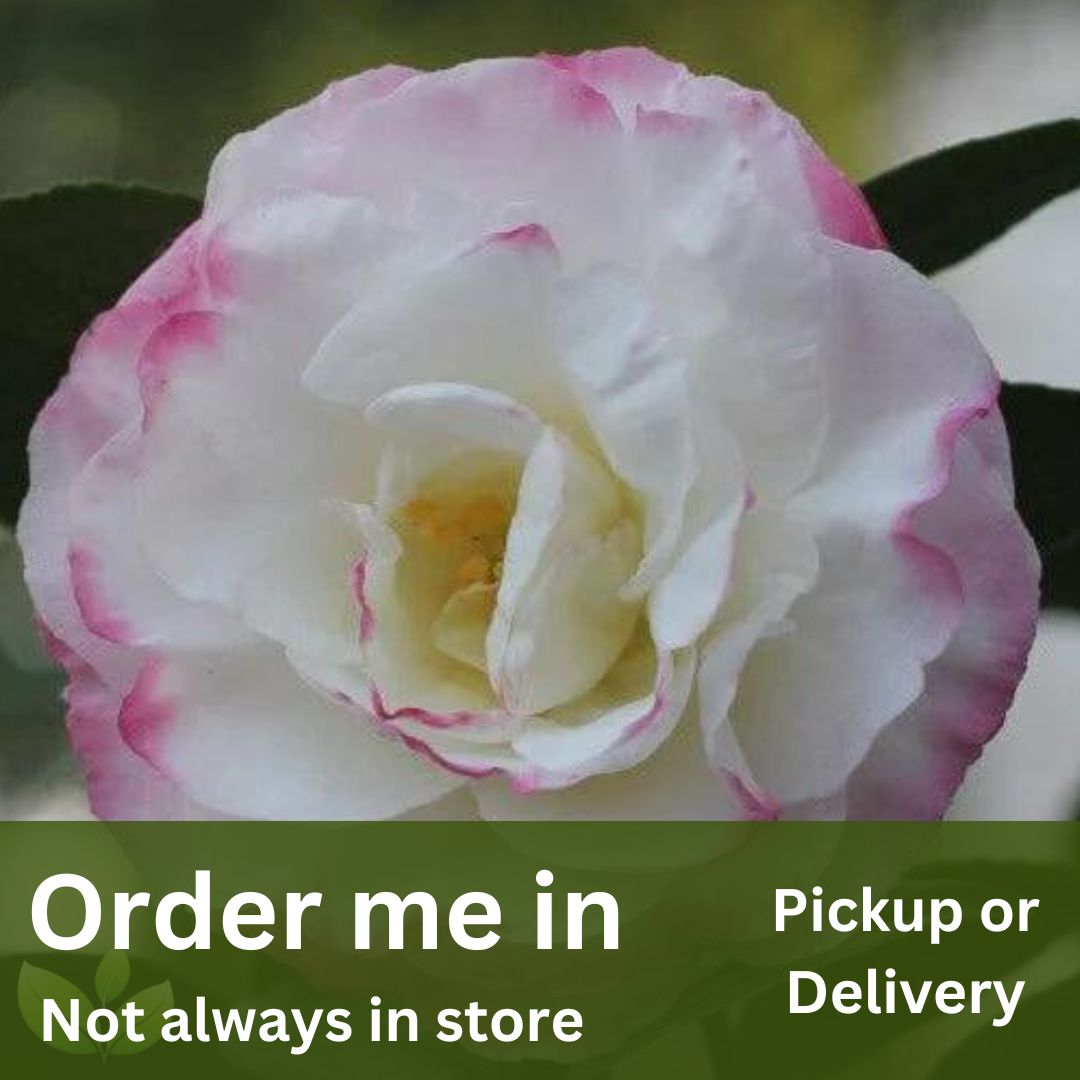
Camellia sasanqua Beatrice Emily
Camellia sasanqua 'Beatrice Emily', delicate pink blooms and glossy green foliage, grows around 1.5 to 2 meters High
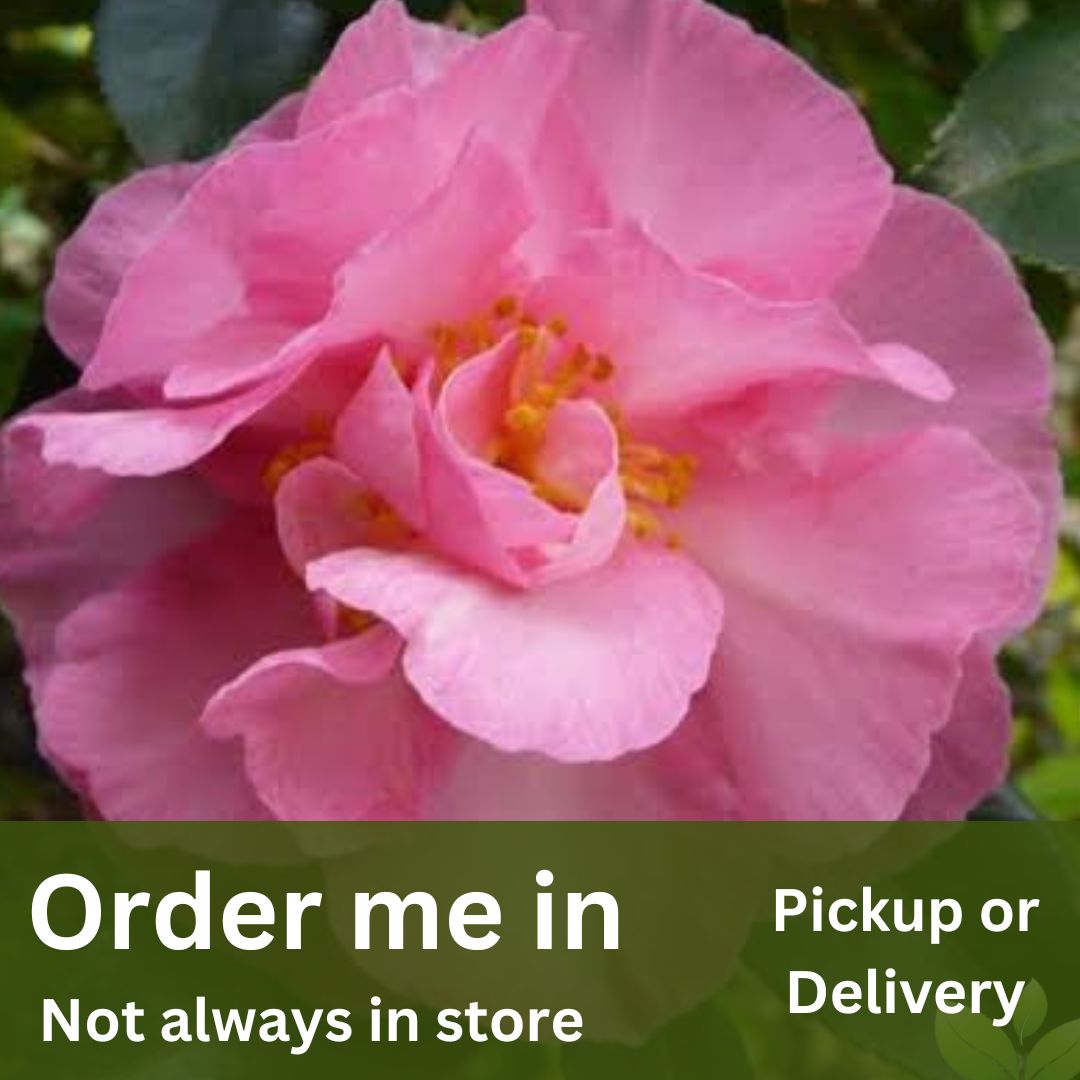
Camellia sasanqua Bert Jones
Camellia sasanqua 'Bert Jones', delicate white blooms and evergreen foliage. Reaching heights of 1.5 to 2 meters
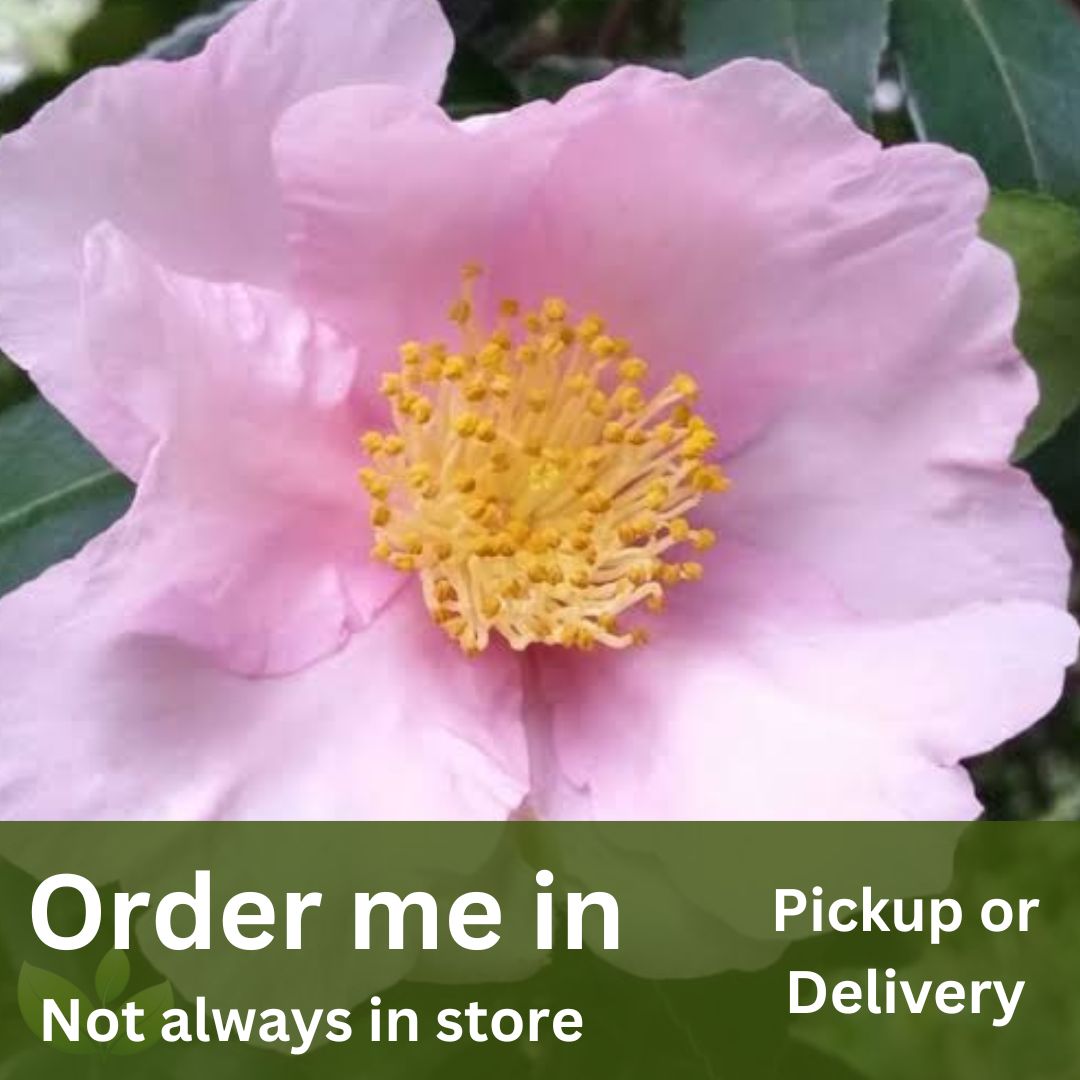
Camellia sasanqua Exquisite
Camellia sasanqua 'Exquisite', delicate pink blooms and glossy green foliage. Reaching heights of 1.5 to 2 meters
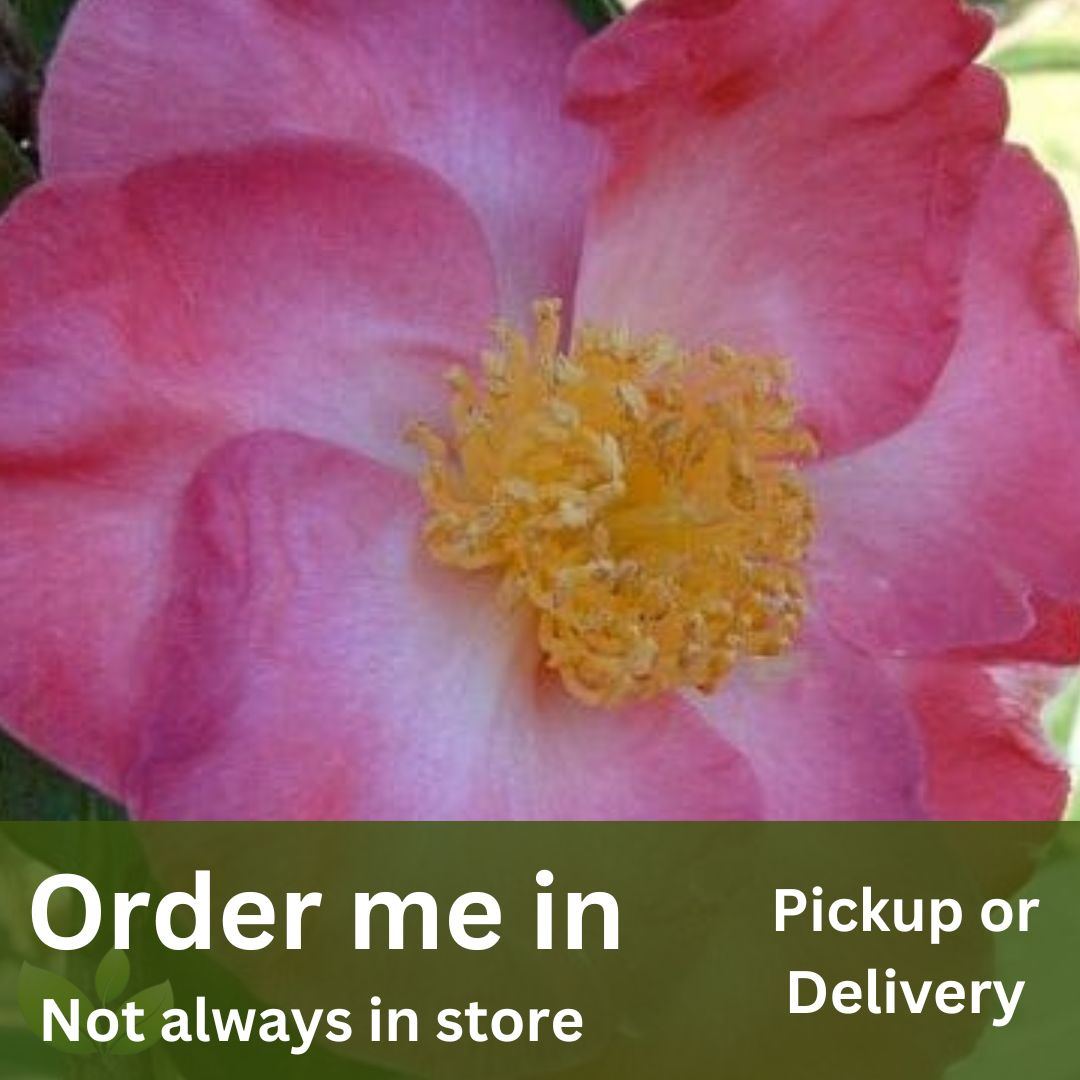
Camellia sasanqua Fukuzutsumi
Camellia sasanqua 'Fukuzutsumi', white blooms and glossy evergreen foliage. Reaching heights of 1.5 to 2 meters
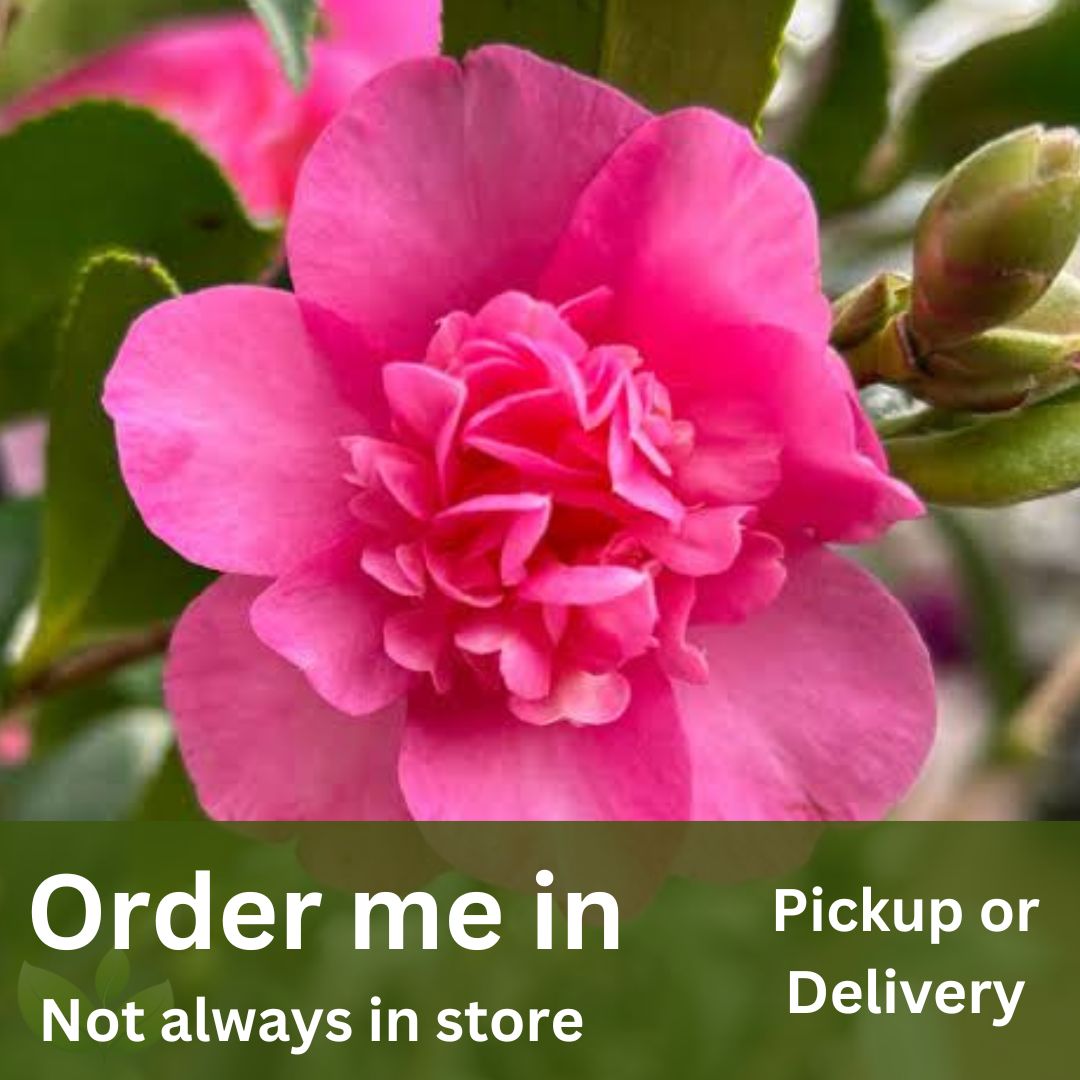
Camellia sasanqua Jennifer Susan
Camellia sasanqua 'Jennifer Susan', soft pink blooms and lush evergreen foliage. Reaching heights of 1.5 to 2 meters
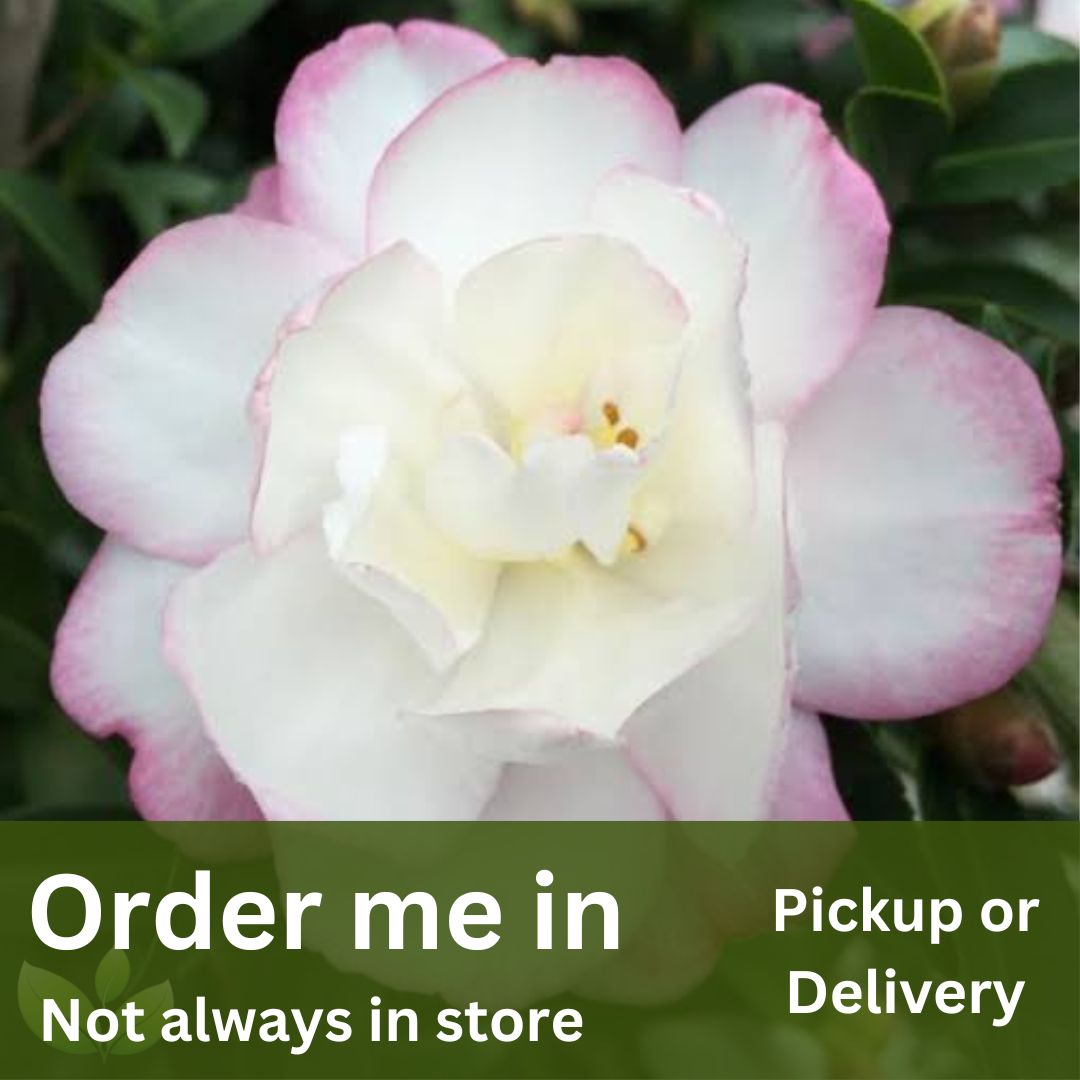
Camellia sasanqua Paradise Blush
Paradise Blush Camellia sasanqua, blush-pink blooms and glossy green foliage. Growing to heights of 1.5 to 2 meters
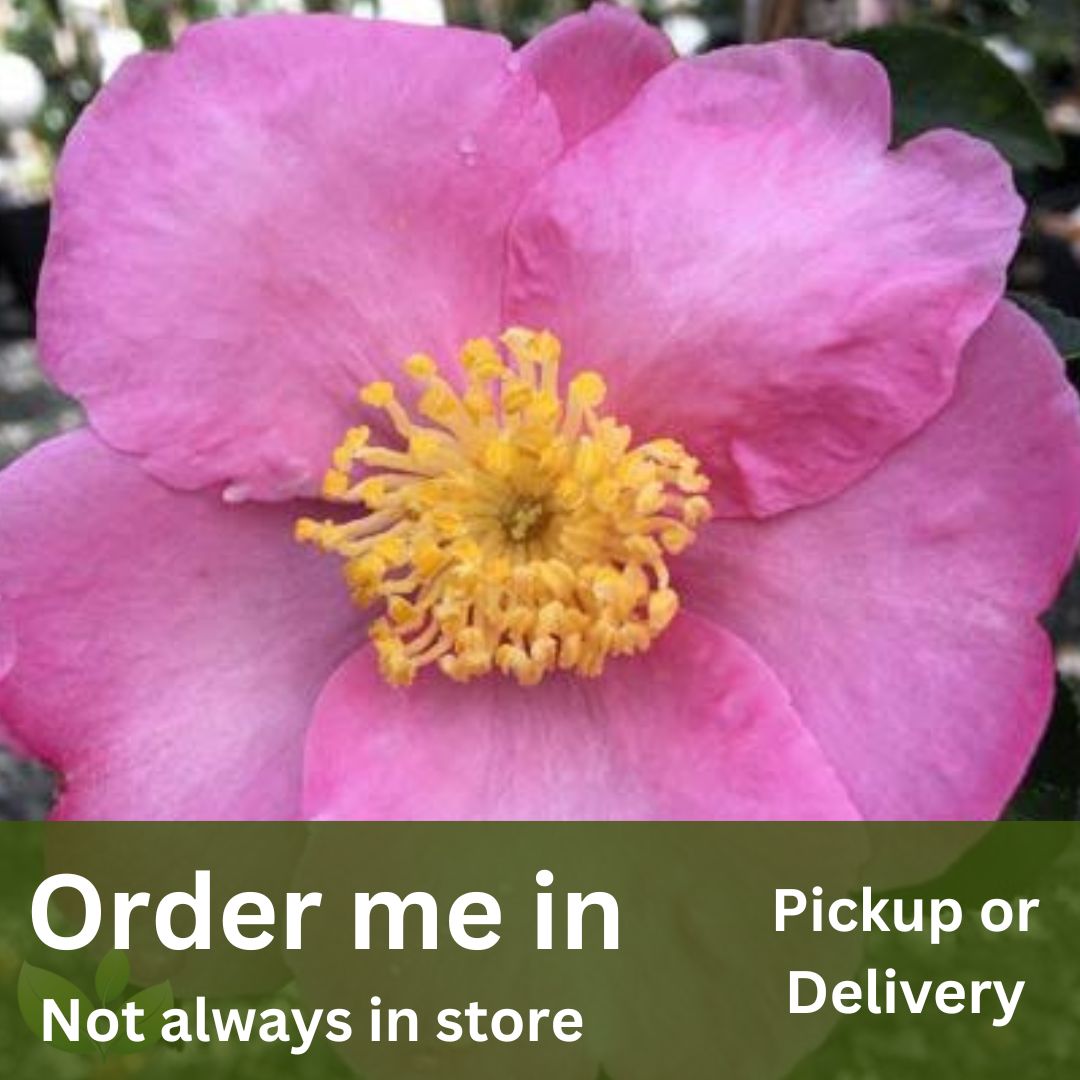
Camellia sasanqua Plantation Pink
Camellia sasanqua 'Plantation Pink', soft pink blooms and glossy green foliage. Reaching heights of 1.5 to 2 meters
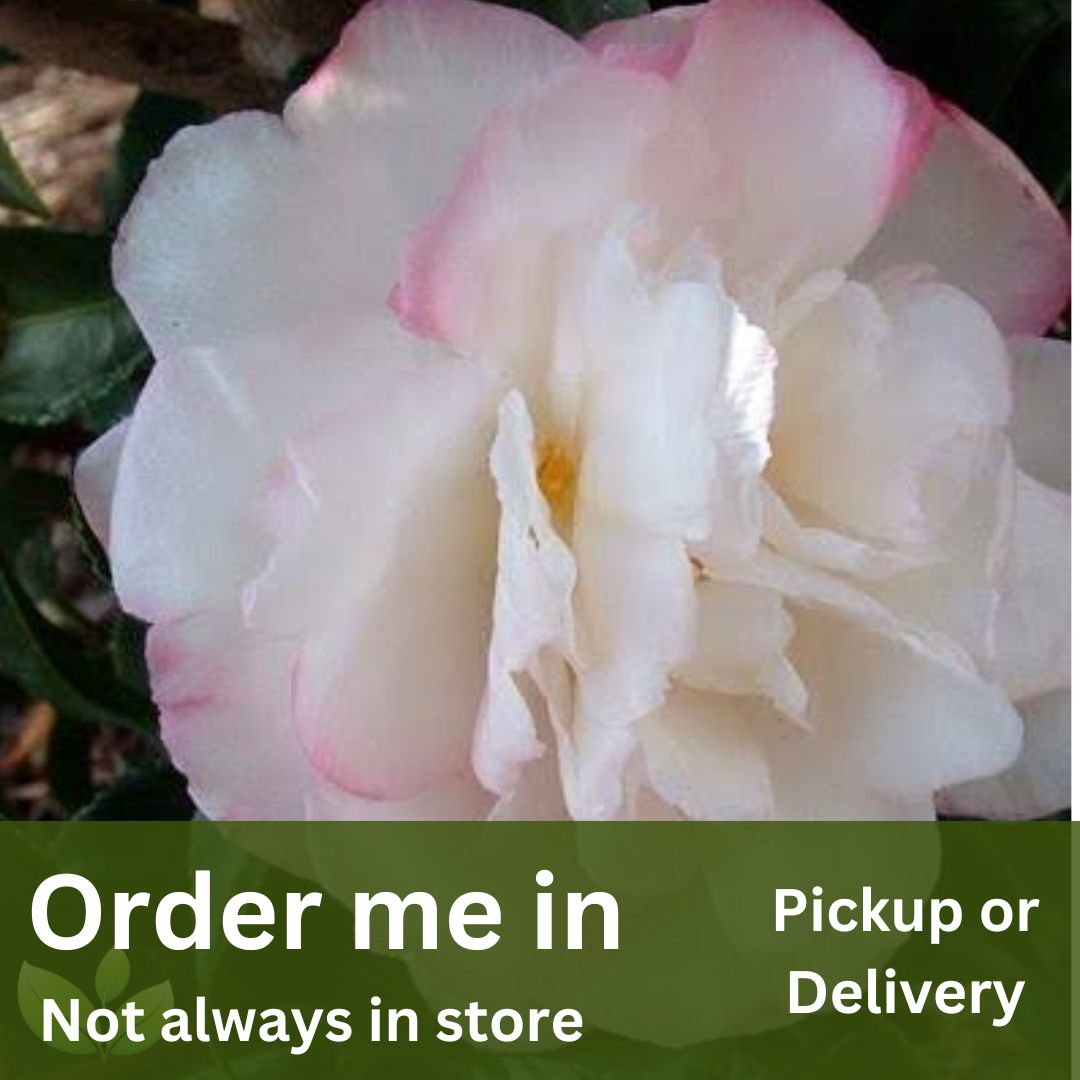
Camellia sasanqua Pure Silk
Camellia sasanqua 'Pure Silk', delicate white blooms resembling fine silk against glossy green foliage. Reaching heights of 1.5 to 2 meters
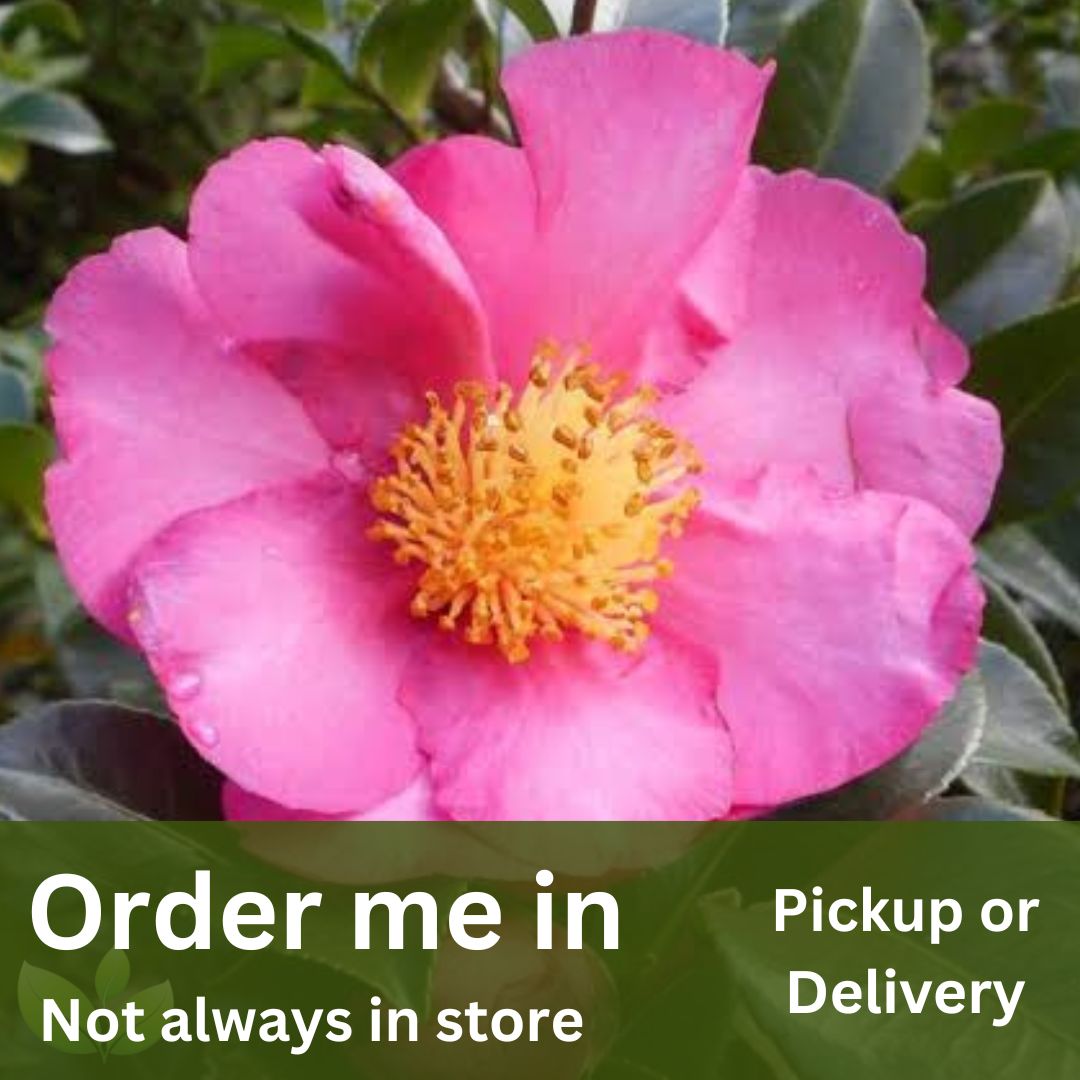
Camellia sasanqua Rose Ann
Camellia sasanqua 'Rose Ann', pink blooms and glossy evergreen foliage. Reaching heights of 1.5 to 2 meters
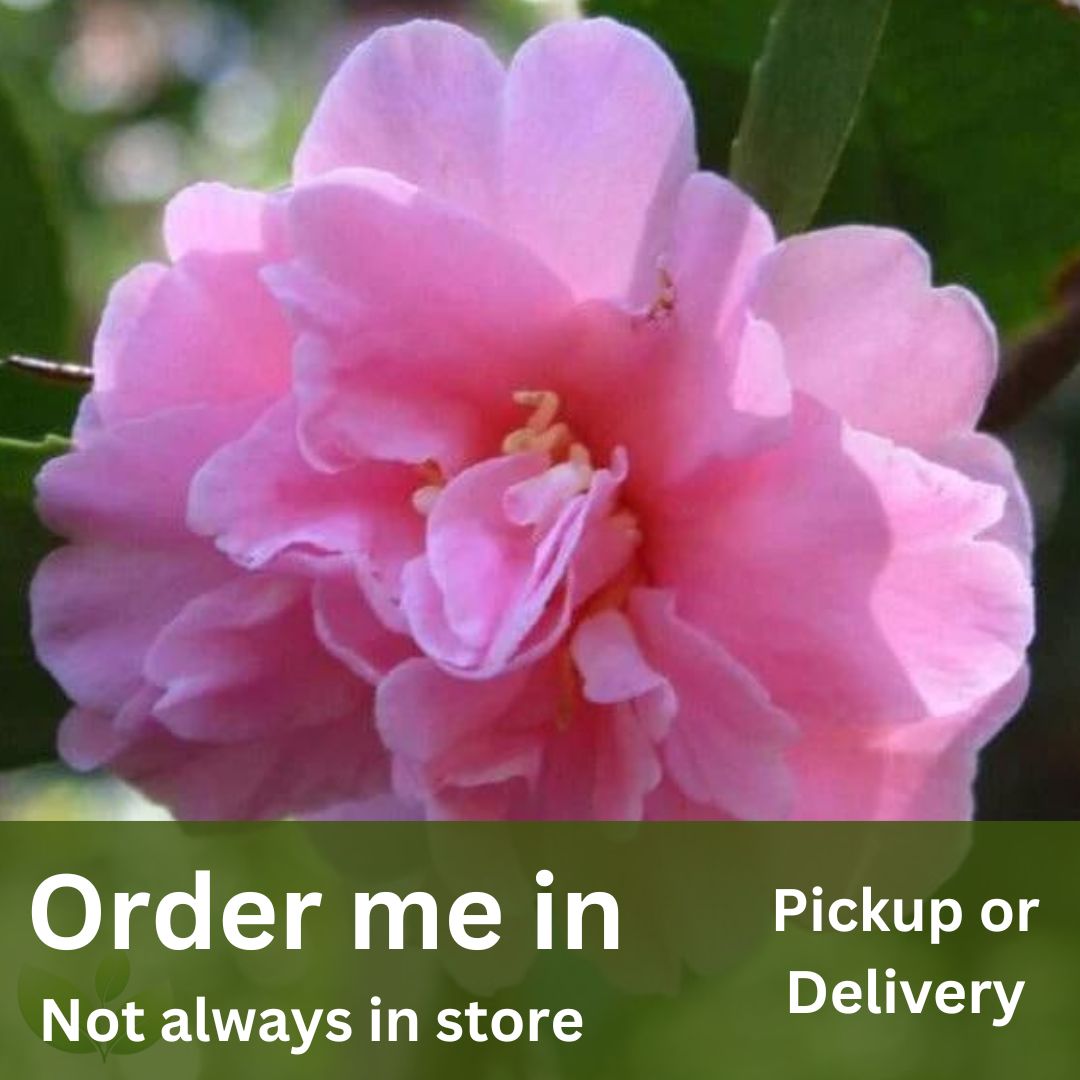
Camellia sasanqua Showa No Sakae
Camellia sasanqua 'Showa No Sakae', striking pink blooms and glossy green foliage. Reaching heights of 1.5 to 2 meters
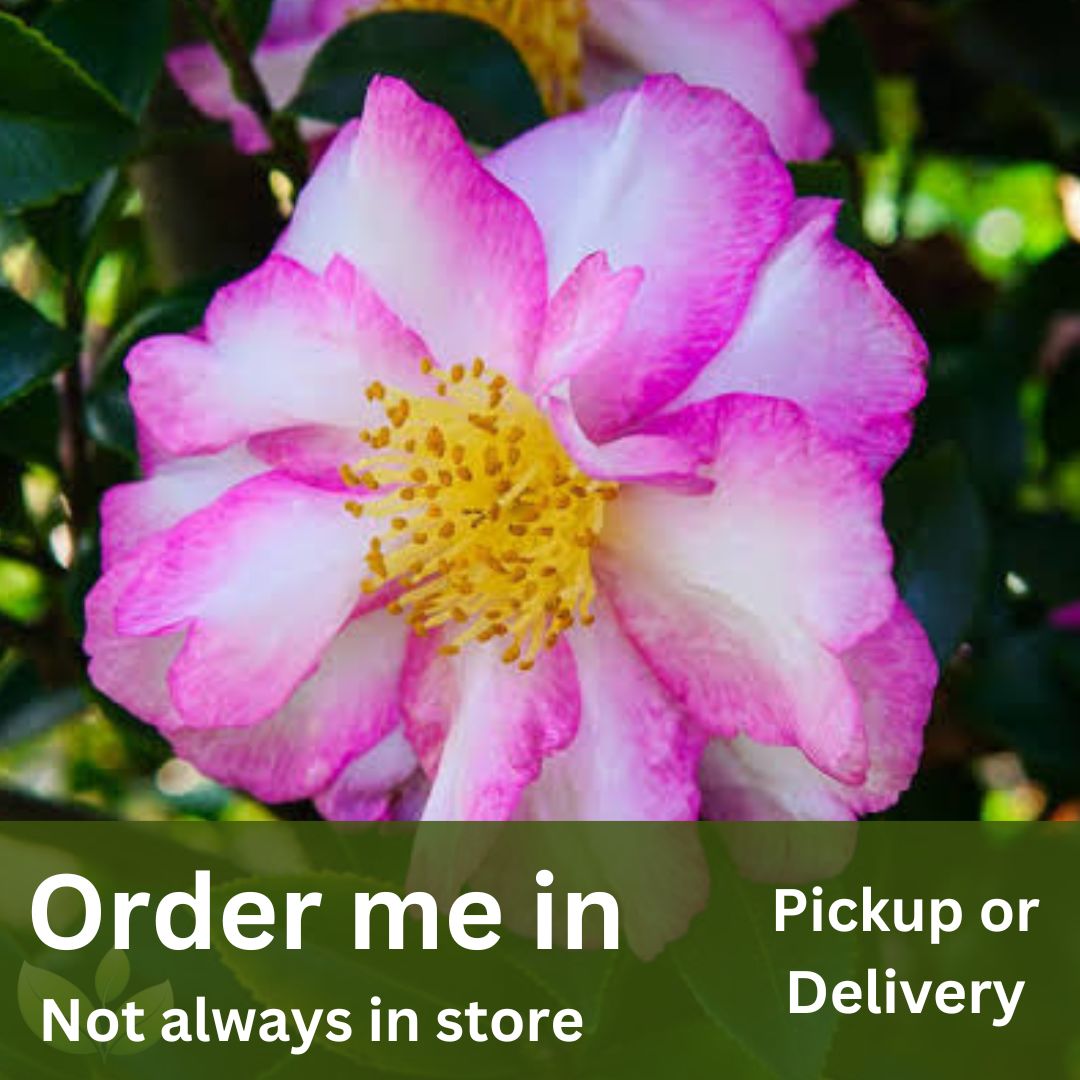
Camellia sasanqua Something Special
Camellia sasanqua 'Something Special', delicate pink blooms and glossy evergreen foliage. Reaching heights of 1.5 to 2 meters
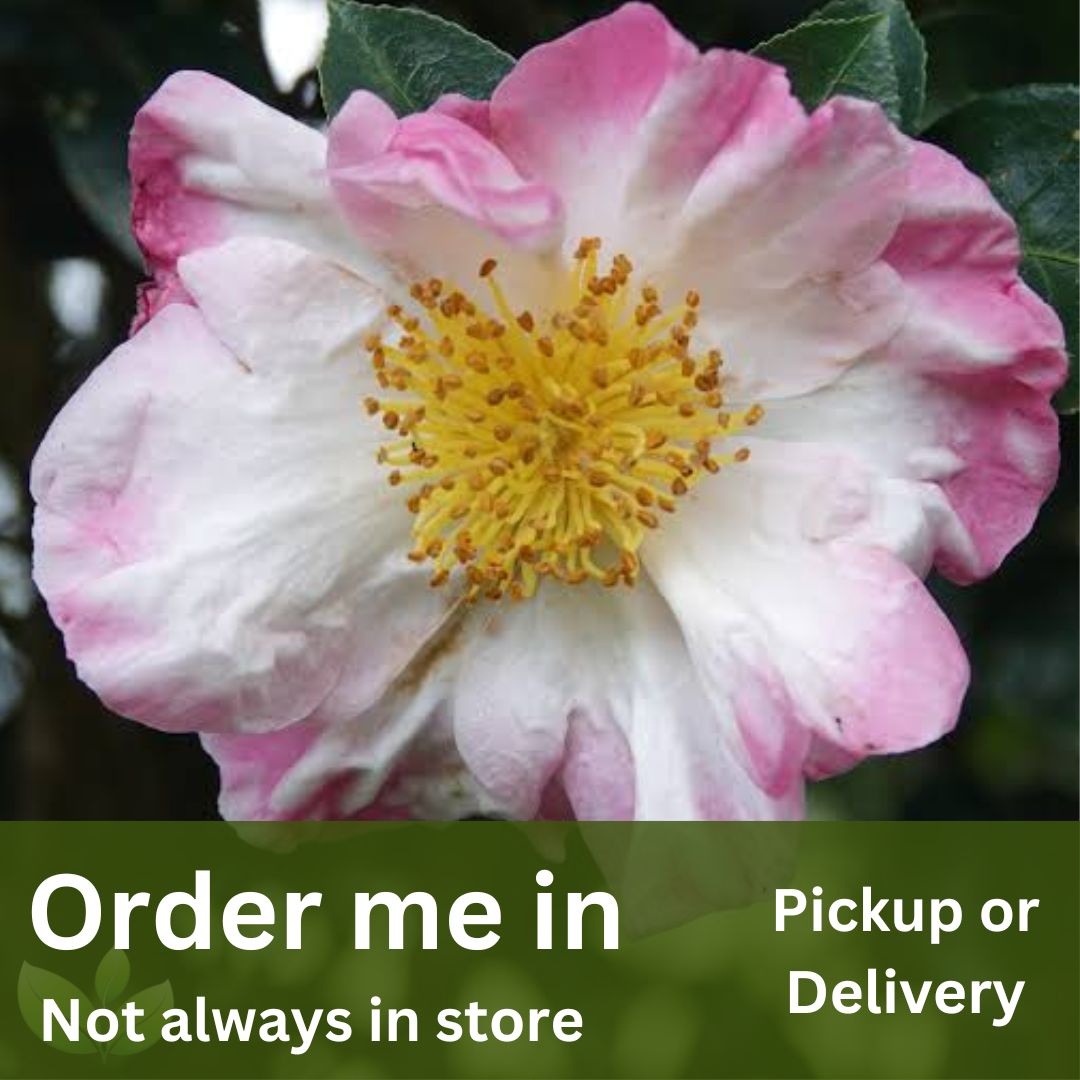
Camellia sasanqua Wahroonga
Camellia sasanqua 'Wahroonga', soft pink blooms and glossy green foliage. Reaching heights of 1.5 to 2 meters
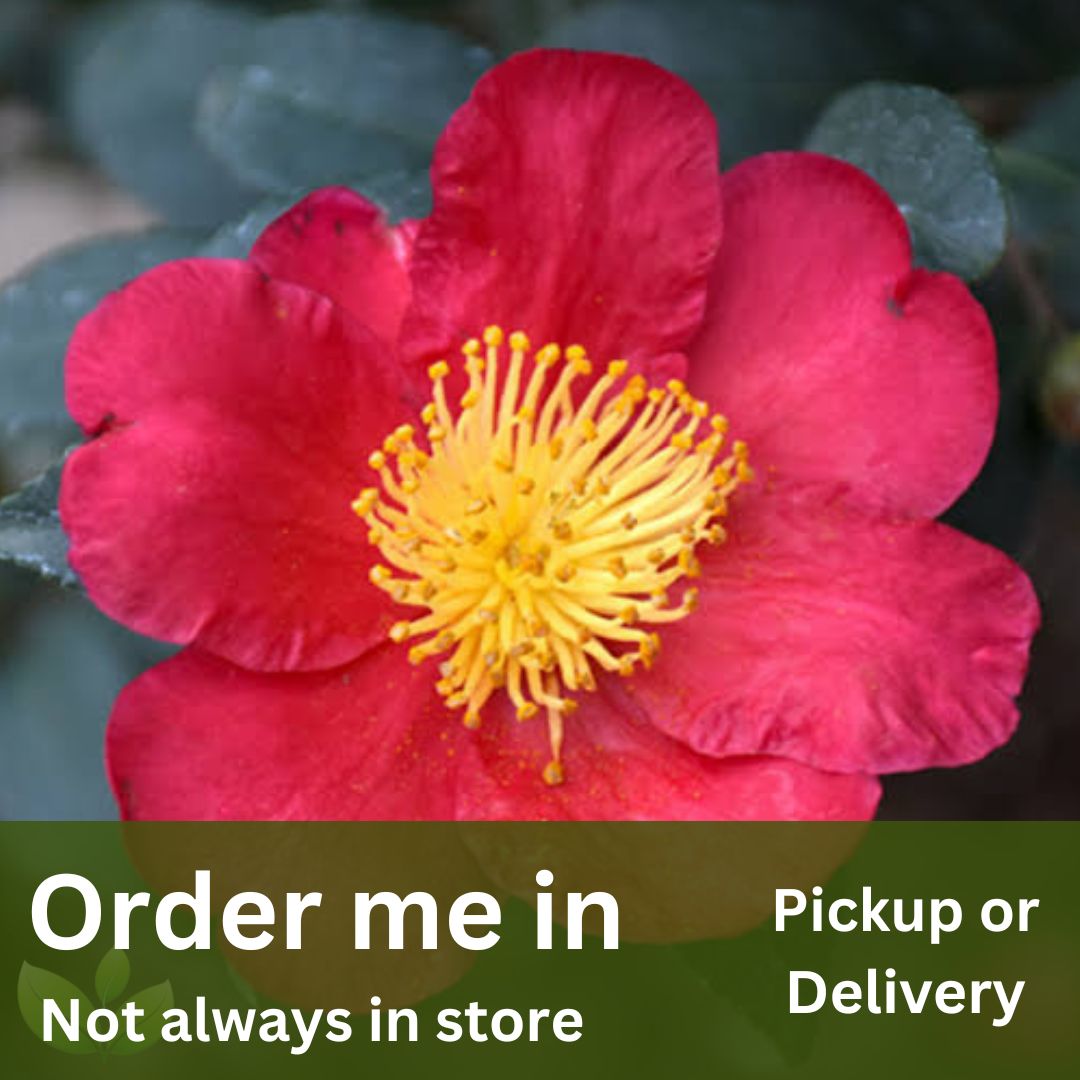
Camellia sasanqua Yuletide
Camellia sasanqua 'Yuletide', vibrant red blooms and glossy green foliage. Reaching heights of 1.5 to 2 meters

Casuarina Glauca 'Green Wave'
Casuarina 'Green Wave', is a native shrub ideal for our climate and heavy clay soils. Boasting mid-green soft foliage and compact growth, it forms a distinctive textured mound, reaching approximately 2m x 2m if left unpruned. Its adaptable nature allows for clipping to enhance its ball shape, making it a perfect fit for various landscapes. Whether facing wet or dry conditions, hot or cold weather, coastal or inland positions, 'Green Wave' thrives effortlessly. For optimal growth, place it in a sunny location and watch it flourish